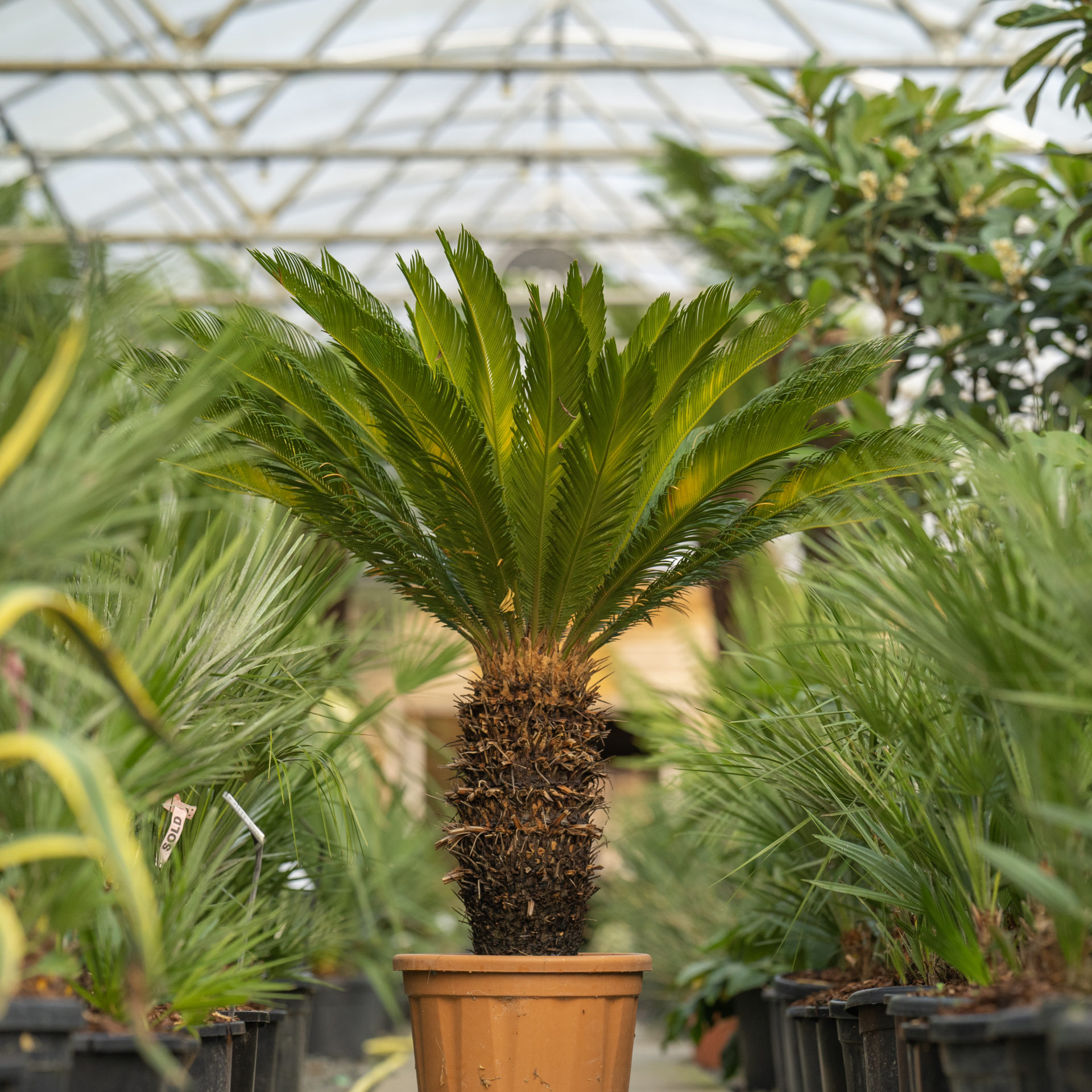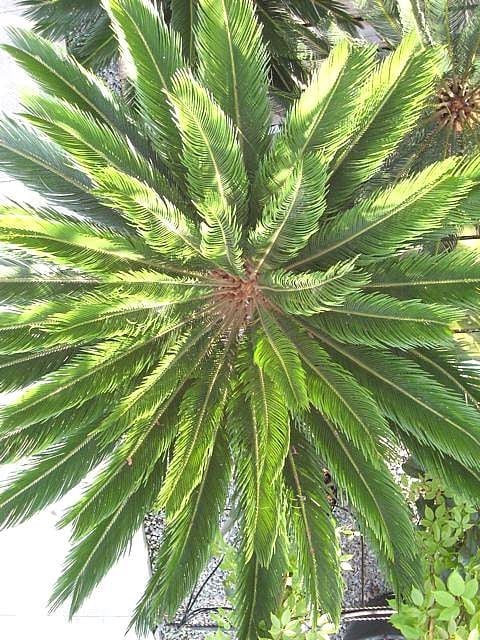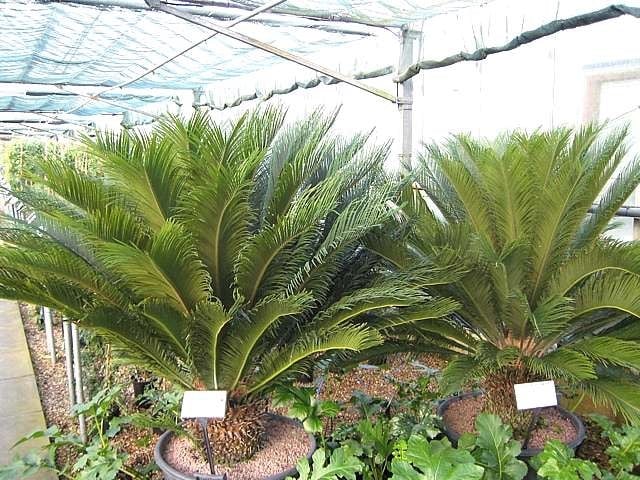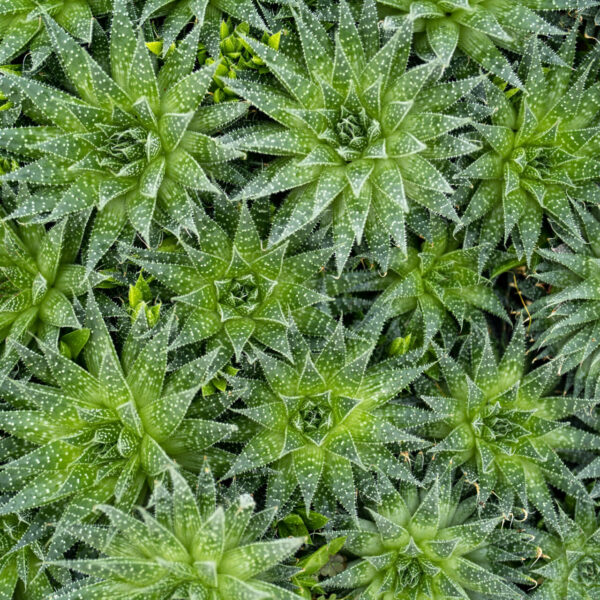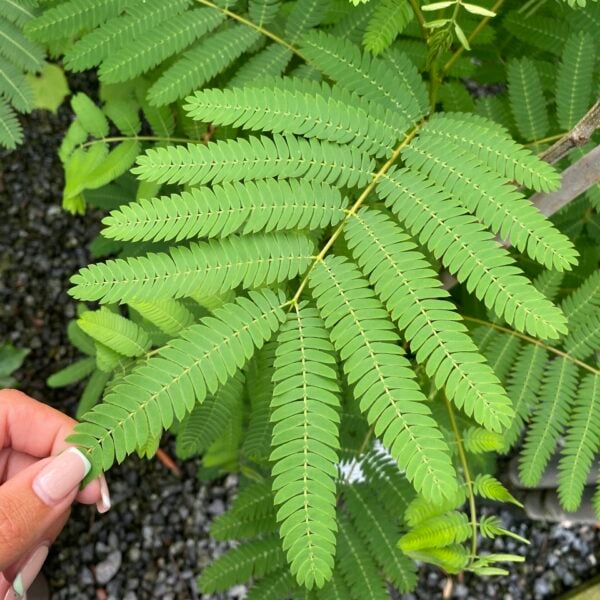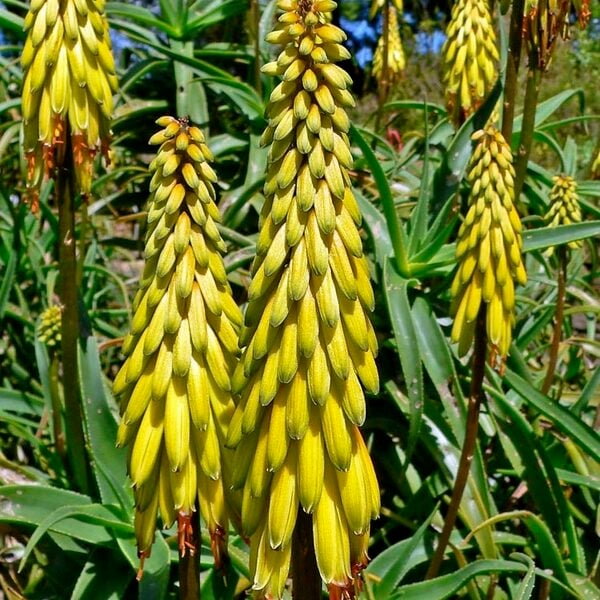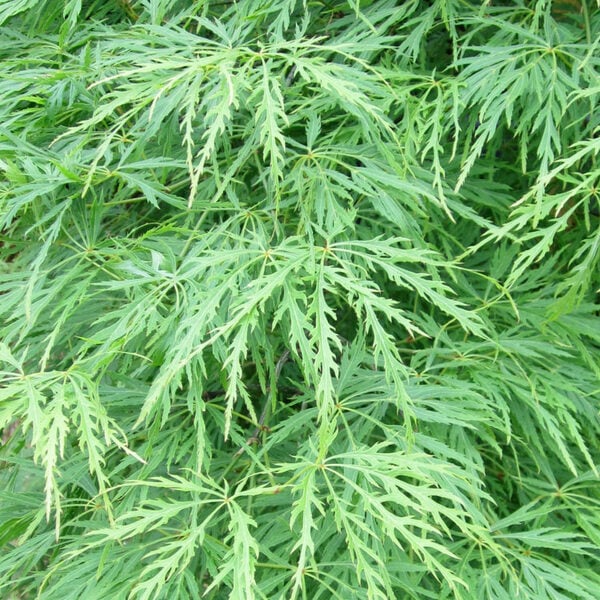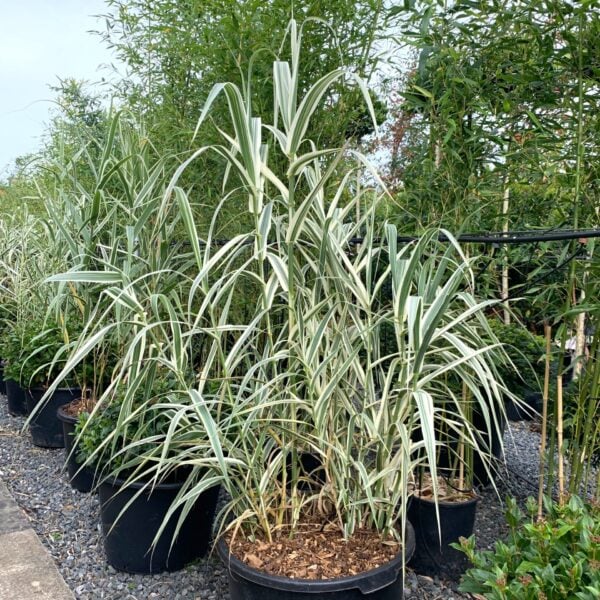Cycas revoluta (Sago Palm)
Primitive, symmetrical, beautiful. Looks like a palm which it isn’t. Slow growing, accommodating and almost impossible to kill. Hardy in London and built up coastal areas. Please contact us for stock availability and sizes.

Hardiness level Red
Few plants meet with such universal adoration and approval as Cycas revoluta. Everyone loves them for their drama and perfection. There's fossil evidence that they've evolved very little for many millions of years so we'd describe them as 'primitive'. Primitive plants have two things in common : 1. Their growth patterns are unpredictable (cf. Monkey Puzzle trees, Ginko trees and Coelacanths) and 2. They're unsusceptible to pests and diseases. These can quite happily sit around for several years producing no new growth at all and then suddenly, one summer, transform themselves in 2 or 3 weeks with 30 lovely new fronds. When new fronds are emerging (this goes for tree ferns and one or two other plants) - if they're in a pot - don't move them. The plant's internal command centre is organising its fronds in a way to gain the maximum light. To us, the result is beautiful symmetry. Move the plants while the fronds (leaves?) are unfurling and as far as it's concerned, the sun's changed position and the fronds will twist. The result's a hopeless mess. Once all the fronds are out and settled down, then you can move the plant if you need to.
During its long periods of doing nothing but looking lovely, the metabolism is so slow that it's almost dead. When you see the new fronds emerge (it's obvious), the metabolism goes from nought to a hundred in a day. Assuming it's in a pot (central London is probably the only place you'd have it in the ground), then is the time to feed and water it - or even repot it. This means moving it so you'd need to do that as soon as you see the new fronds erupt. Don't leave it too long or you'll have twisted frond trouble. Beware of over watering when it's not growing. It doesn't need much water and the roots could rot if it has no use for the water. If it's been over watered it could end up looking pretty sorry for itself with yellowing fronds. In summer, you could try cutting off the fronds and feeding with Epsom Salts (Magnesium sulphate). Killing these plants is a major accomplishment. They always seem to come back to life no matter how criminally negligent of the poor things you've been.
They're native to southern Japan and are thought to be the hardiest of the cycads, many of which come from South Africa. They'll tolerate at least -5°c without trouble but they need warm summers to produce new growth which is why central London (significantly warmer summers and milder winters) is the best place to plant them out permanently. We have a customer who's had one growing outside in Horsham for many years. It made a good story. Is it Cycas revoluta? Yes. Is it alive? Yes. Does it look lovely? No it doesn't.
We bring the big ones in from Italy and the little ones we grow from the occasional suckers from the big ones. They're tied up with soft ribbon for transportation and it took us a long time to realise that brown marks on the fronds were manifestations of damage from the ribbon. The reason it took so long gives one an understanding of my comment about them being almost dead when they're not producing new fronds. Everything happens very very very slowly. We'd untie the plants but the damage would come to life as much as two months later. One doesn't immediately make a connection. One wouldn't. As a result, virtually all the ones we sell have fronds that have grown in the nursery and we don't wrap them for transport and now you know why.
Assuming you'd overwinter these in pots in a conservatory or similar, look out for Mealy Bug on the trunk and Scale Insect under the leaves. Spot them early and kill each one with a pen knife or use a bug gun if they're a bit out of hand. They are not attractive to bugs generally so it's unlikely to be a problem but still worth looking out for. Generally, they thrive on neglect. Fuss over them and you'll probably kill it eventually. Cut off the old unsightly leaves. Very occasionally they flower. Mighty eruptions according to whether they're male or female that interrupt the smooth running of things (as usual) but things will settle down eventually (as usual). You don't need to phone us when this happens. There's nothing either you are we can do about it.
N.B. When clipping several plants with the same tool, have a bucket containing a 5% bleach solution and swish your blades around for 30 seconds between plants to sterilise them. This will help avoid the chance of cross contamination of disease.
As with all woody plants, plant high, exposing as much of the taper at the base of the trunk as possible. Allowing soil to accumulate round the base of a tree can be fatal. Keep very well watered when first planted.
Additional Information |
|
|---|---|
| Soil Type | |
| Light | |
| Plant Type | |
| Continent of Origin | |
| Specialist Plants | House Plants/ Indoor Plants, Japanese, Mediterranean, Rare & Unusual (Collectables) |
| Features | |
| Situation | Coastal, Conservatories, Mild City Gardens, Plants for Pots, Sheltered Garden |
| Hardiness | |




